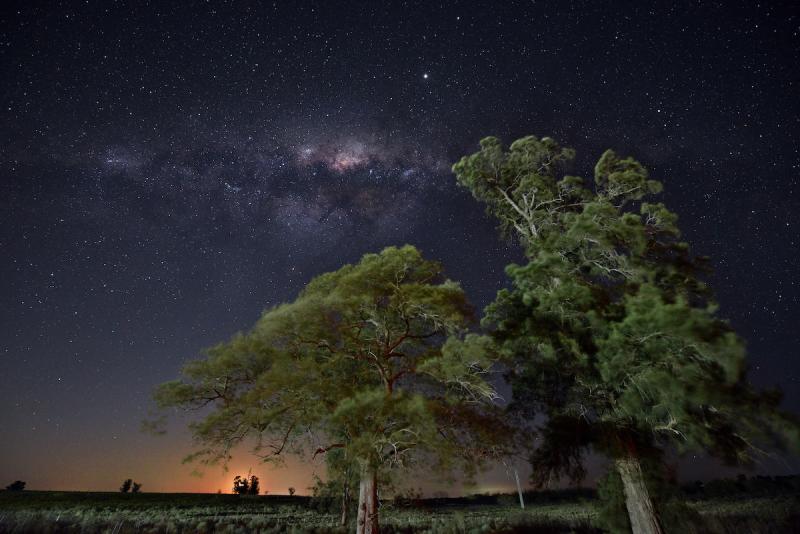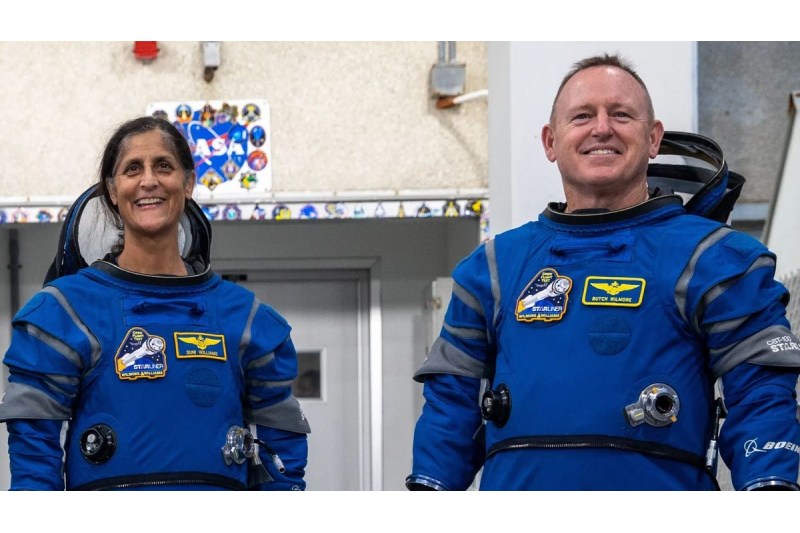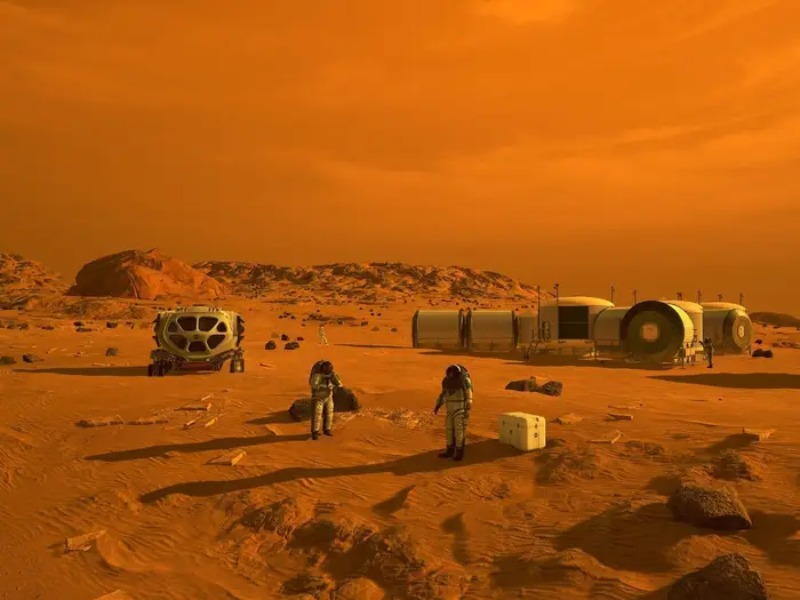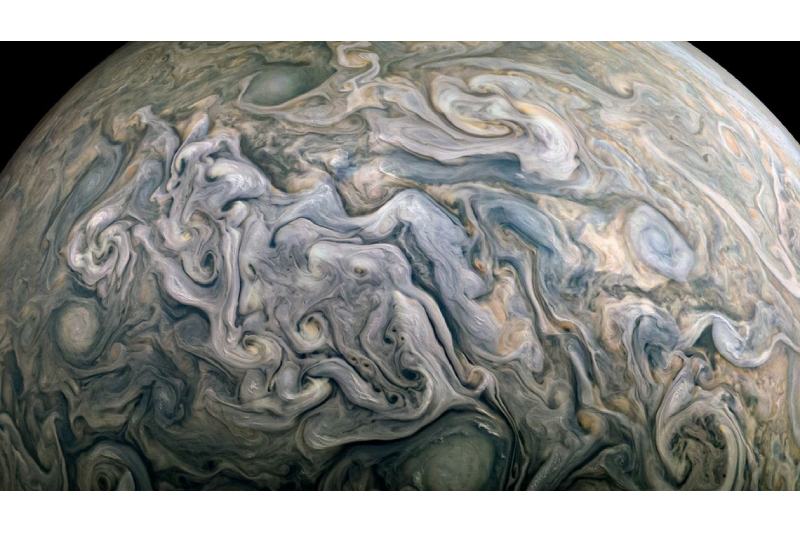A breathtaking procession of planets will illuminate the night sky over the course of the coming weeks, creating a celestial show that both novice and expert stargazers can readily enjoy.
According to NASA, in the first few hours after dark, four planets—Mars, Jupiter, Saturn, and Venus—will appear to line up and be visible to the unaided eye throughout the month. Neptune and Uranus will also be present, although they will need to be seen with telescopes or binoculars.
“These multi-planet viewing opportunities aren’t super rare, but they don’t happen every year, so it’s worth checking it out,” said NASA.
Venus and Saturn have been getting closer to one another since the start of January. According to NASA, the climax occurred in mid-January, when the two planets seemed to be only “a couple of finger widths’ distance apart” from Earth.
Mars is currently experiencing “opposition” this month. In that scenario, Earth is in the middle of a direct opposition between a planet and the sun. For the red planet, this celestial occurrence occurs around every two years.
Opposition occurs “around the time when the planet is at its closest to Earth, making it appear at its biggest and brightest,” according to NASA.
In the first several hours after dark, Venus and Saturn will be visible in the southwest for anyone hoping to see the celestial alignment, according to NASA. It will be when Mars will rise in the east and Jupiter will glow high overhead. According to NASA, distinguishing a star from a planet is easy because stars flicker, whereas planets typically shine consistently.
Though only two planets were visible to the unaided eye, a planet parade that included Saturn, the Moon, Mars, and Jupiter was seen in the morning sky in June 2024.




